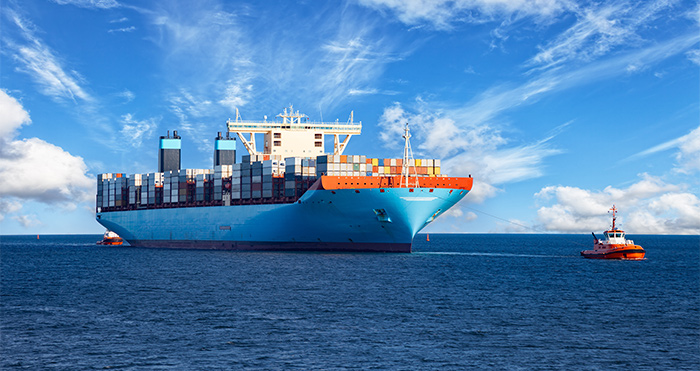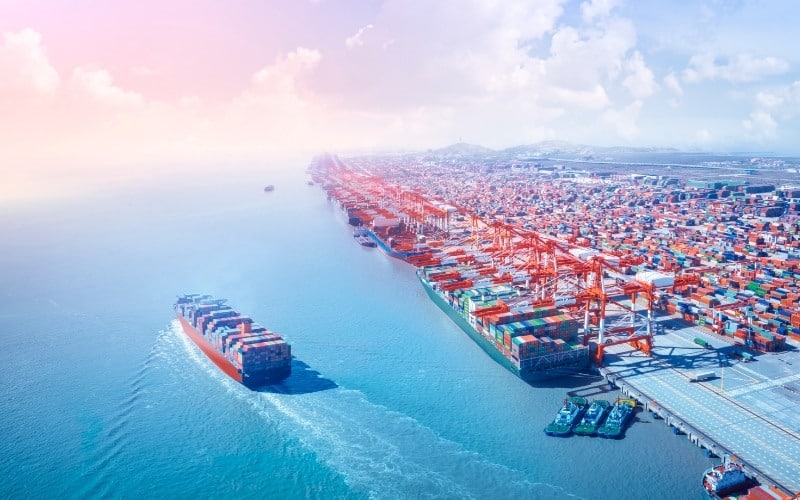Time:2022-05-11 Publisher:Kevin Num:10089

At present, affected by the Russian Ukrainian war and the epidemic, the volume of goods exported worldwide has declined significantly. To this end, a number of shipping companies have made some measures to deal with it.
Recently, according to the latest report of project44, shipping alliance 2m is preparing to cancel several Asian routes in the next few weeks to cope with the reduction of export freight volume.
This is to mitigate the impact of the epidemic blockade. The blank navigation strategy adopted will be able to extend the delivery cycle of goods, especially to northern Europe.
Project44 said in the report that after the outbreak of COVID-19 in China in the first quarter of this year, the shipping company implemented a variety of mixed blank navigation strategies to maintain the integrity of the shipping schedule.
Data show that the suspension rate of many shipping companies around the world fluctuates between 15% and 50% this year. They still use blank sailing to better control their capacity, achieve ship schedule integrity and ensure that capacity is available in the right place.
In fact, in the previous period of time, the blank voyages of 2m alliance decreased. Now, however, it seems to be increasing. In the next few weeks, 2m alliance will have more blank voyages than other alliances.
Due to the decline in demand caused by the closure and control of the epidemic in China, the proportion of blank navigation in the three major container shipping alliances in the world has also increased.

The average proportion of 2m alliance blank navigation is 39%. The ocean alliance will have about 37% blank navigation, and the alliance will have 33% blank navigation.
With regard to port congestion, the report of project44 shows that the residence time of import containers in Shanghai Port reached a peak at the end of April, while the residence time of export containers was relatively stable, about 3 days.
However, Maersk announced that the density of the refrigerated cargo yard in Shanghai port has gradually decreased, and it will restart to accept the refrigerator reservation in Shanghai, and the first batch of goods will arrive in Shanghai from June 26.
In addition, the congestion of Long Beach port in Los Angeles has improved. According to the official website of Los Angeles port, as of May 9, there were 36 ships waiting to berth outside the two ports, and the average waiting time of ships outside Los Angeles port was 2.6 days.
The project44 report points out that the improvement of port conditions in Southern California may not last forever, because the upcoming labor contract negotiation may lead to a shortage of dock workers。
And this will result in the inefficiency of port operation. Meanwhile, the queuing time of ships in summer will be extended.
As some Chinese factories resume normal production, a large number of containers will be transported to the US coast, which may further complicate the already tense maritime supply chain.



